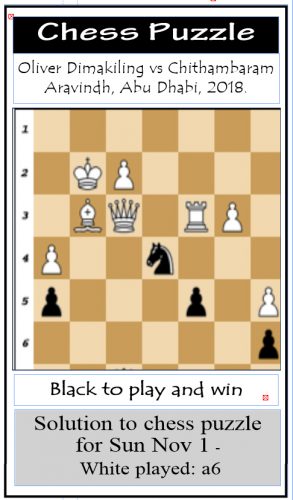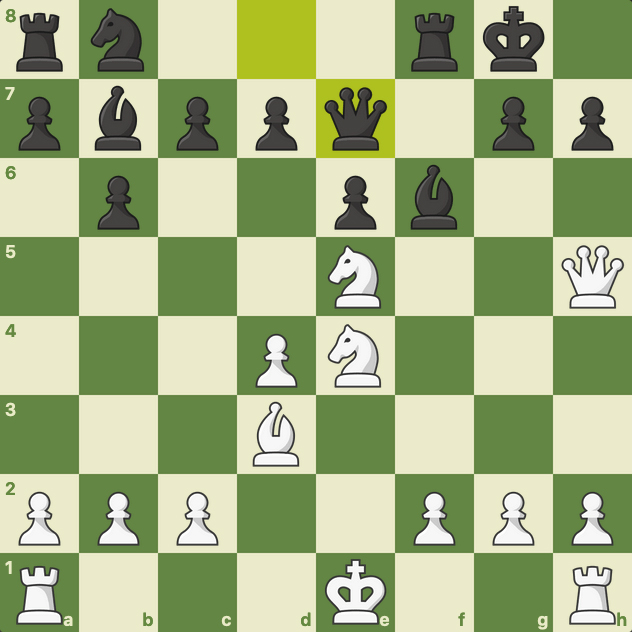 When I learned chess, books about the endgame were limited, so I never paid attention to endgame studies. I preferred to study the openings and the middlegames. In time I came to realise that lack of endgame knowledge caused a lot of defeats for me. Learning the endgame is important for winning a chess game, just as important as the openings and the middlegames.
When I learned chess, books about the endgame were limited, so I never paid attention to endgame studies. I preferred to study the openings and the middlegames. In time I came to realise that lack of endgame knowledge caused a lot of defeats for me. Learning the endgame is important for winning a chess game, just as important as the openings and the middlegames.
 International Master Jeremy Silman, an eminent chess writer, handpicked five chess players who were outstanding endgame experts. They were the best of their time. He named Dr Emanuel Lasker (1868-1921), the legendary German world champion; the great Polish grandmaster, Akiba Rubinstein (1882-1961), who was a master of rook endgames; Jose Raul Capablanca (1888-1942), Cuba’s renowned world champion, affectionately known as the unbeatable “chess machine”; Vasily Smyslov (1921-2010), a Soviet Union world champion who was credited for his simplicity in chess; and Bobby Fischer (1943-2008), the famed American world champion who preferred bishops to knights and magnificently handled the long-ranged piece. Of the five endgame experts, only Rubinstein was never a world champion.
International Master Jeremy Silman, an eminent chess writer, handpicked five chess players who were outstanding endgame experts. They were the best of their time. He named Dr Emanuel Lasker (1868-1921), the legendary German world champion; the great Polish grandmaster, Akiba Rubinstein (1882-1961), who was a master of rook endgames; Jose Raul Capablanca (1888-1942), Cuba’s renowned world champion, affectionately known as the unbeatable “chess machine”; Vasily Smyslov (1921-2010), a Soviet Union world champion who was credited for his simplicity in chess; and Bobby Fischer (1943-2008), the famed American world champion who preferred bishops to knights and magnificently handled the long-ranged piece. Of the five endgame experts, only Rubinstein was never a world champion.
Today the column features a unique bishop endgame. The diagrammed position was not taken from an actual game but was composed by problemist P Heuacker in 1930. The study made the list of the ten best moves of all time. Why was this 90-year-old study celebrated in the list of ten best moves? The chess computer Stockfish says the diagrammed position is equal. However, it is White to move and win! Solution next week.
1.d4e6 2.Nf3f5 3.Nc3Nf6 4.Bg5Be7 5.Bxf 6Bxf6 6.e4fxe4 7.Nxe4b6 8.Ne5O-O 9.Bd3Bb7 10.Qh5Qe7 11.Qxh7+Kxh7 12.Nxf6+Kh6 13.Neg4+Kg5 14.h4+Kf4 15.g3+Kf3 16.Be2+Kg2 17.Rh2+Kg1 18.Kd2# 1-0





